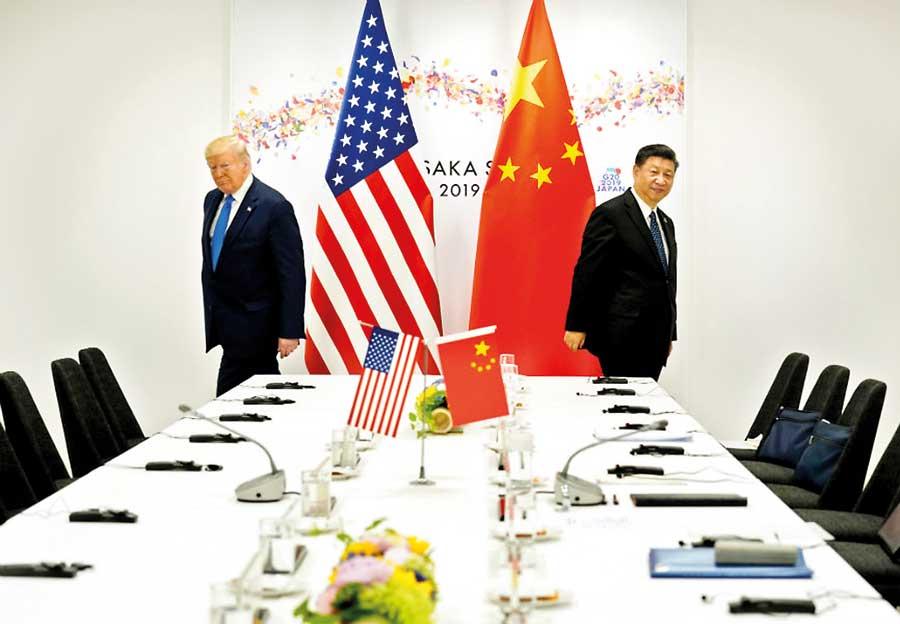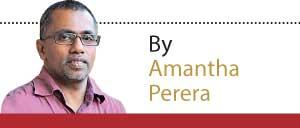Reply To:
Name - Reply Comment

The last two months have been those of unmitigated global anxiety. The COVID-19 pandemic is the first global disaster of our generation. How we navigate through this turbulence will reshape the way we live. It already has.
In more ways than one, the pandemic is redefining global geopolitics. That is why there is a massive effort to wrest control of the global COVID-19 narrative. 
The Great Narrative Wrest is nothing new. It has been taking place but at a much more measured pace. The pandemic has forced a gear shift.
Since the outbreak we have witnessed how the COVID-19 narrative has been shape-shifting, sometimes artificially so.
The dominant storyline among those who have been trying to sidestep fatal dangers and wade through the chafe of clouds of disinformation, misinformation and mass anxiety has been of tracing the trajectory of the outbreaks, from Wuhan to New York.
Two parallel streaks have been submerging those efforts with concerted efforts to wrest the story arch and change it by force.
Beijing has been quite overt in emphasising its role as the global benefactor who has stepped into helping the world in dire need – from medical supplies, to goodwill messages to funds. China has also been assertive in debunking what it feels are efforts to pin the blame on the outbreak on it and squarely on Wuhan.
The Trump administration has been its instigator-in-chief. The Wuhan story took a more macabre ring last week with Trump and his officials hinting of a virus born in a laboratory.
This is the new world order where the US, its global pre-eminence as the sole superpower now facing a challenge from Beijing.
China’s soft investments in shaping global perception have not been minor. A major intervention has been in taking a handle on public communication conduits – the media.
Take Colombo for example, while other international media like Reuters, AP, TIME and BBC all have seriously downsized their media footprint since the end of the war, Chinese state-controlled outlets like Xinhua have gone in the other direction, increasing hands on the job.
China has been also increasing funding for journalism training tours and other such career development opportunities. Dozens of Sri Lankan journalists have been on these tours. Similar to the fellowships and training opportunities offered by western nations and organisations for decades, these programmes go a long way in cultivating important media gate-keepers and trendsetters.
"Beijing has been quite overt in emphasising its role as the global benefactor who has stepped into helping the world in dire need – from medical supplies, to goodwill messages to funds. China has also been assertive in debunking what it feels are efforts to pin the blame on the outbreak on it and squarely on Wuhan"
These investments come in very handy during times like these. As detailed in the last column, when @ChinaEmbSL was blocked by Twitter, the reactions from the mission seeped into media circles through some of these conduits acting as interlocutors.
There is more. Sri Lankan researcher Sanjana Hattotuwa has catalogued how @ChinaEmbSL is propped up by a network of bot accounts that can spring into action anytime.
While in other parts of the world, like here in Melbourne, the calls for more transparency from China on its part on the COVID-19 saga have been vocal.
However, the sense that you get from afar is that in countries like Sri Lanka, there is more reception for the Chinese side of the story.
These currents and counter-currents were ebbing and flowing much more subtlety when the COVID-19 crisis broke out. Now they have gained a sense of urgency. The world may be able to get back on the roads sometime in the near future, but the battle for the narrative will be full-blown. No quarter will be spared, from the newsrooms in Colombo to the parlour corridors in top-end universities.
The writer is currently pursuing a Masters by Research at CQUniversity, Melbourne on online
journalism and trauma
Twitter - @amanthap